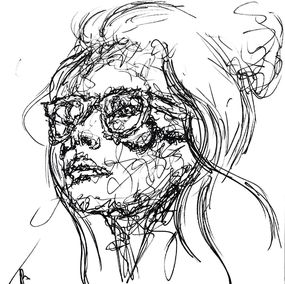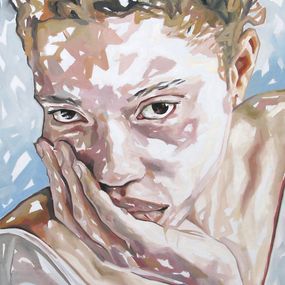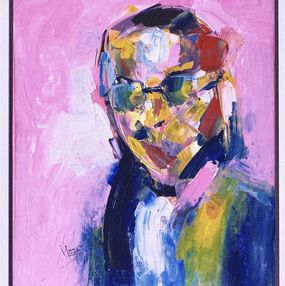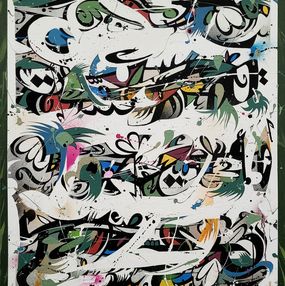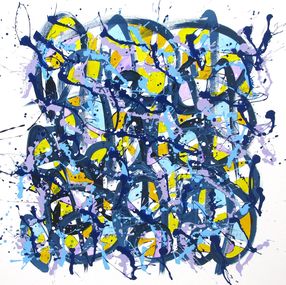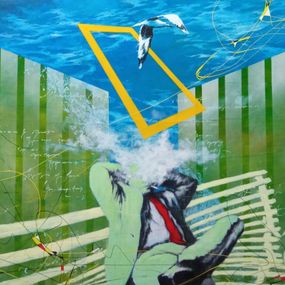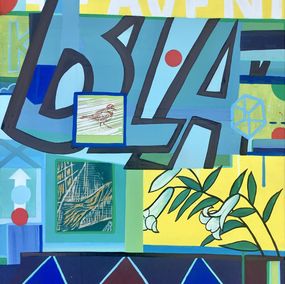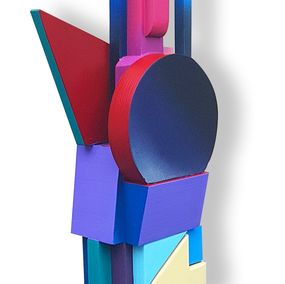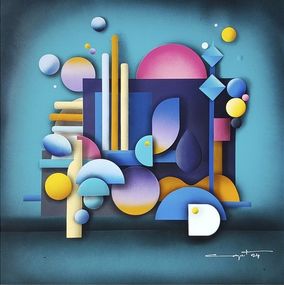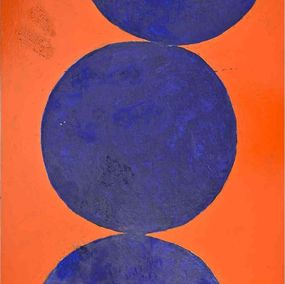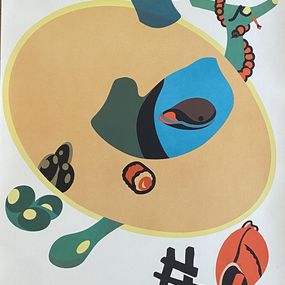
Abstract Painting for Sale
Save your search and find it in your favorites
Save your search to find it quickly
Saved search
Your search is accessible from the favorites tab > My favorite searches
Unsaved search
A problem occurred



Deconstructed Tulip Genus
Anya Spielman
Painting - 15.2 x 15.2 x 5.7 cm Painting - 6 x 6 x 2.2 inch
$1,842

Composition No.150
Sumit Mehndiratta
Painting - 81 x 117 x 1 cm Painting - 31.9 x 46.1 x 0.4 inch
$915




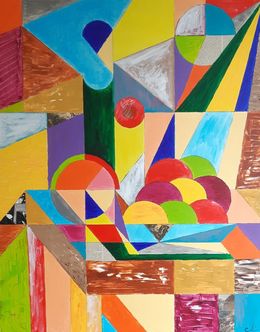

Constellation Blue
Sharon Pierce McCullough
Painting - 91.4 x 121.9 x 3.8 cm Painting - 36 x 48 x 1.5 inch
$4,350

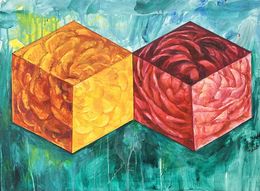

Memory landscape 4
Christa Schmid-Ehrlinger
Painting - 101 x 101 x 5 cm Painting - 39.8 x 39.8 x 2 inch
$14,868


Le Bouquet 1
Pierre-Marie Brisson
Painting - 73 x 60 x 3.5 cm Painting - 28.7 x 23.6 x 1.4 inch
$10,293
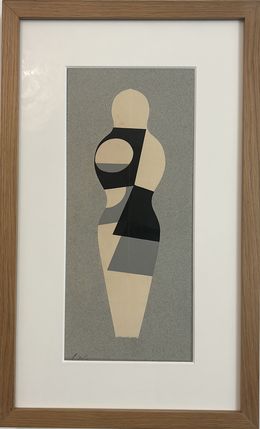
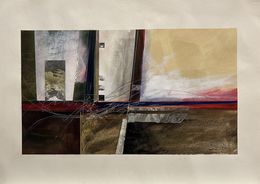
Towards the Past
Elaine Clarfield-Gitalis
Painting - 48.3 x 83.8 x 1.9 cm Painting - 19 x 33 x 0.75 inch
$950

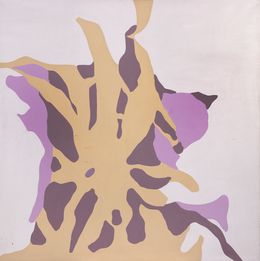
Purple and Beige Abstract Surface
Genny Puccini
Painting - 120 x 120 x 0.5 cm Painting - 47.2 x 47.2 x 0.2 inch
$1,601

Sur l'eau, balayant ses larmes
Nadine Pillon
Painting - 130 x 81 x 2.4 cm Painting - 51.2 x 31.9 x 0.9 inch
$1,887
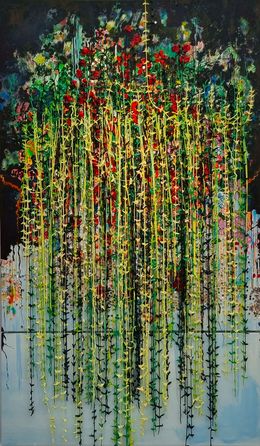





Merging Worlds - 3
Stefan Fierros
Painting - 46 x 91.4 x 4.1 cm Painting - 18.1 x 36 x 1.6 inch
$589
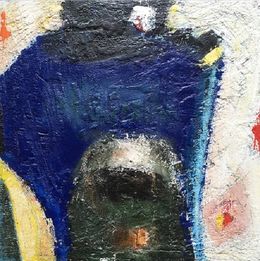



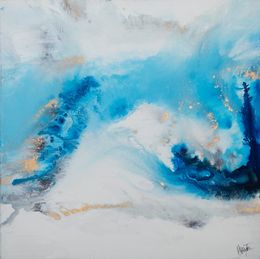
Respire - N°01 - Paysage marin abstrait
Nicole Decote
Painting - 60 x 60 x 1.5 cm Painting - 23.6 x 23.6 x 0.6 inch
$1,075
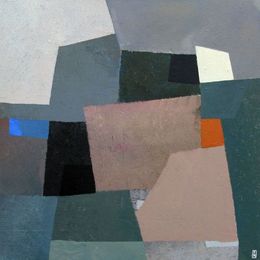
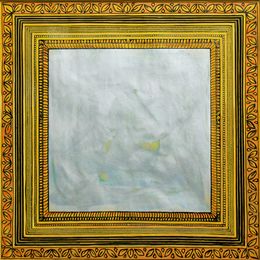
Miroir (sans reflet) Carré argentée,
Baptiste Laurent
Painting - 110 x 110 x 0.3 cm Painting - 43.3 x 43.3 x 0.1 inch
$3,260

Alegria carnavalesca
Christine Drummond
Painting - 101.6 x 76.2 x 10.2 cm Painting - 40 x 30 x 4 inch
$8,000


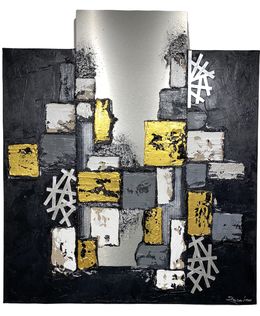
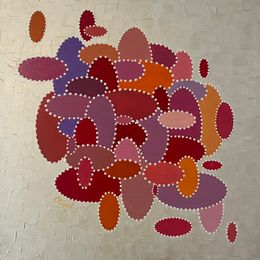
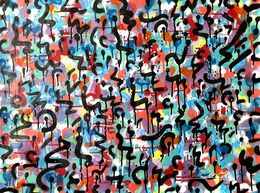
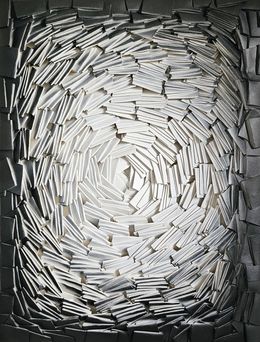
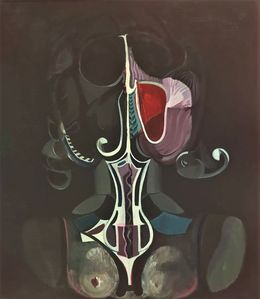
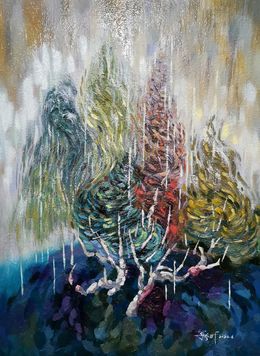



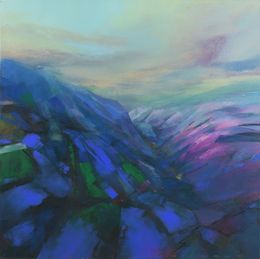
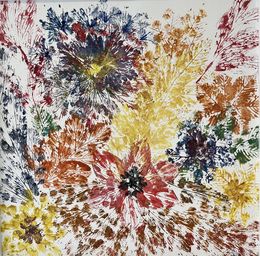
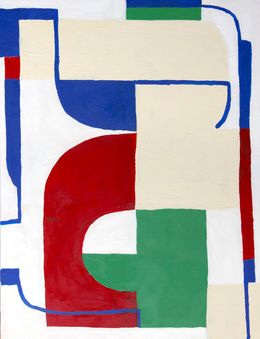
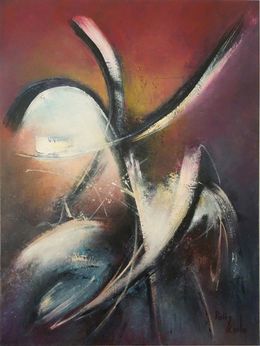
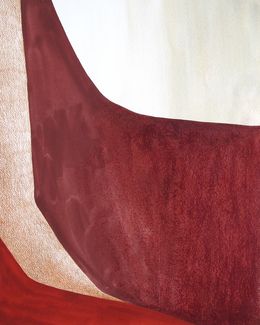


Reflejos en la ribera del Río
Manuel Perez
Painting - 140 x 120 x 0.2 cm Painting - 55.1 x 47.2 x 0.1 inch
$4,117



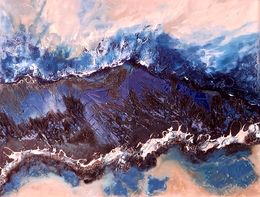
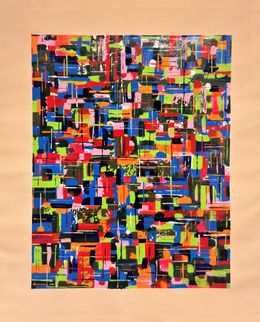
Casual Constructivism #2. From The Abstraction Experiments Series
Almo
Painting - 56.9 x 43.9 x 0.3 cm Painting - 22.4 x 17.3 x 0.1 inch
$2,000
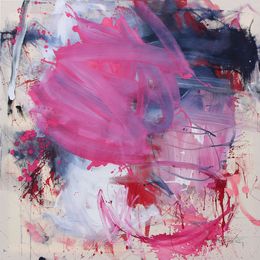
Berry Bliss
Daniela Schweinsberg
Painting - 120 x 120 x 0.1 cm Painting - 47.2 x 47.2 x 0 inch
$5,320
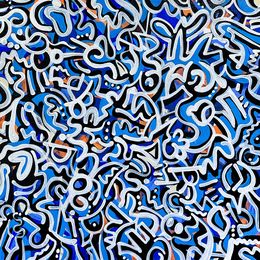
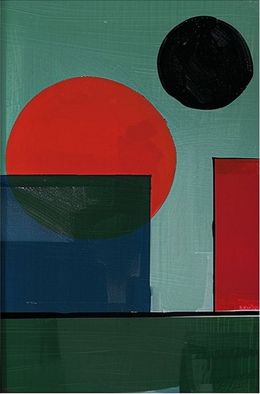
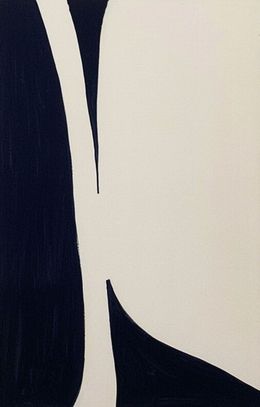


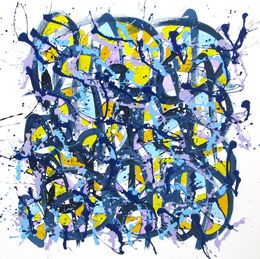

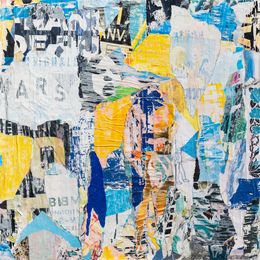
Vive nous - Conscience de l'homme et du monde - série Collage
Valérie Maugin
Painting - 80 x 80 x 2 cm Painting - 31.5 x 31.5 x 0.8 inch
$938 $844
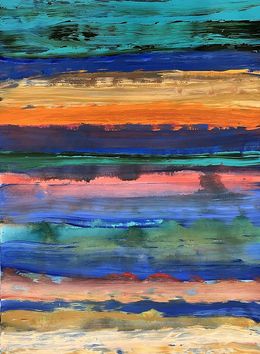
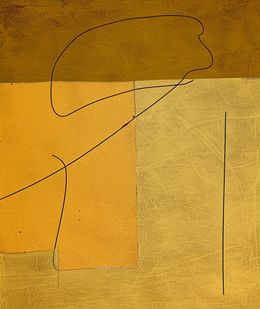
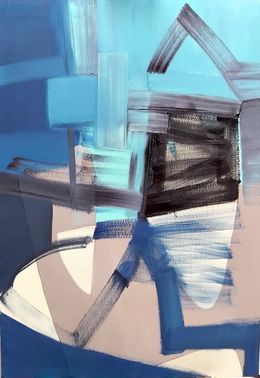

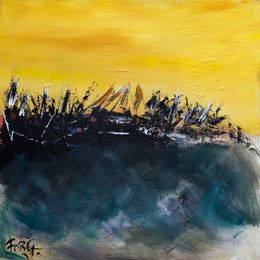
Régate en mer - Paysage marin abstrait
Forg
Painting - 80 x 80 x 4 cm Painting - 31.5 x 31.5 x 1.6 inch
$1,144
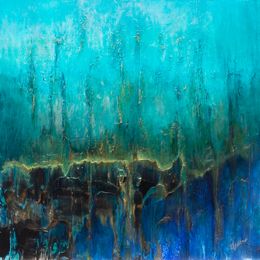
Mangrove - Forêt et paysage tropical semi-abstrait
Thierry Nauleau
Painting - 80 x 80 x 2 cm Painting - 31.5 x 31.5 x 0.8 inch
$2,002
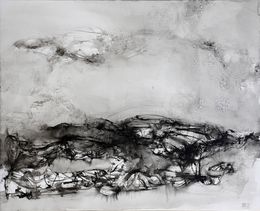
29 octobre 2019
Raymond Attanasio
Painting - 81 x 100 x 3 cm Painting - 31.9 x 39.4 x 1.2 inch
$2,287



Espoir en Musique Lors D’une Nuit Etoilée en Avant la Vie
Daisy Abi Jaber
Painting - 100 x 100 x 5 cm Painting - 39.4 x 39.4 x 2 inch
$6,176

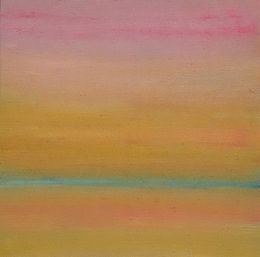
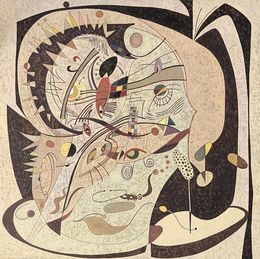
Mystic Patterns
Artur Hakobjanyan
Painting - 80 x 80 x 2 cm Painting - 31.5 x 31.5 x 0.8 inch
$1,800
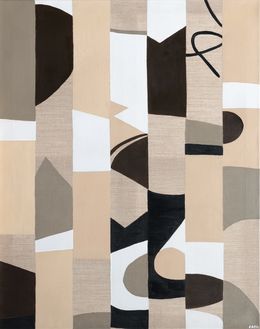
R58 Seventies Taupe - série abstraction géométrique
Cami
Painting - 92 x 73 x 3 cm Painting - 36.2 x 28.7 x 1.2 inch
$1,430
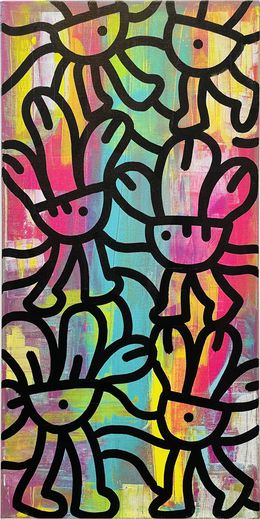
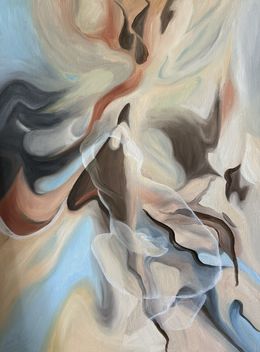

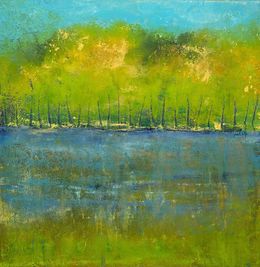
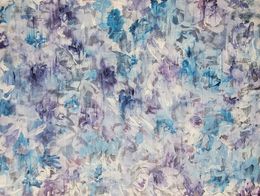
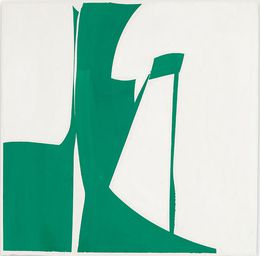

Dialogue with Nature #20
Maho Maeda
Painting - 25 x 25 x 1 cm Painting - 9.8 x 9.8 x 0.4 inch
$2,230

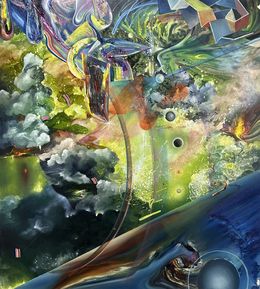
Exoplanet #39 (Portrait of a Pupil) (Abduction)
Barbara Fragogna
Painting - 50 x 45 x 2 cm Painting - 19.7 x 17.7 x 0.8 inch
$2,745

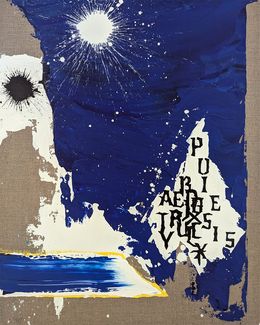
The Quiet Stars 002 — Poiesis
Jason Engelund
Painting - 50.8 x 40.6 x 0.1 cm Painting - 20 x 16 x 0 inch
$2,728
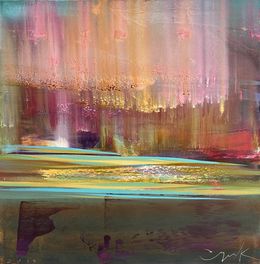
Mystical light.
Katsiaryna Sumarava
Painting - 60 x 60 x 2 cm Painting - 23.6 x 23.6 x 0.8 inch
$2,173
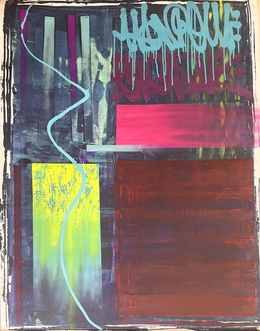
Discover the styles & movements
Discover the selection of our experts
Abstract Painting for Sale
Abstract painting is a form of expression which contrasts with representational art, where capturing the likeness of the subject is presented as the artist's ultimate objective. Abstract painting is in fact the very opposite of figurative art. Even if we are not able to understand the meaning behind an abstract work without additional information, it can nonetheless succeed in conveying a sense of emotion and feeling.
We tend to associate the birth of abstraction with the artist Vassily Kandinsky and the artistic revolution he initiated during the 20th century. As one of the movement's pioneers, he was at the forefront of the breakaway from representational art along with Kazimir Malevich, Piet Mondrian and Kupka. Kandinsky not only shared his views on abstraction through his art but also in his written work. In 1910 he published his book “Concerning the Spiritual in Art" in which he defended the symbolic importance of each of the elements present in painting and which gave each artwork a spiritual dimension. In the same year, he unveiled his first abstract piece, entitled “Abstract watercolor". Abstract art was born. Figurativism had been left to one side in favour of a new movement where artists dealt directly with the intangible and immaterial, without explicitly identifying a subject matter. Several sub-genres started to emerge. Kazimir Malevich became known for his legendary 1915 painting “Black Square", followed by “White on White" in 1918, with which he laid the foundations for Suprematism. Malevich believed that a painting was composed of an ensemble of independent forces which could evolve together in the order to find a sense of harmony and equilibrium within the work. Abstraction can also take on a more lyrical form, especially when accompanied by music. Kandinsky's the “Picture with the Black Arch" is an excellent example of this. The large-scale painting was painted in 1912 and is seen as a marking the turning point for a new era in the history of art.
As well as his work on the composition of shapes and colors, Kandinsky had synesthesia. His condition can be seen as a decisive factor in triggering the artist's desire to create a new artistic language. His senses intertwined and became one, transforming sounds into shapes and colors. Kandinsky's use of color is much more than a question of aesthetics; it was inherent to the way he perceived the world. In this abstract painting, each color has been carefully chosen and is filled with symbolic meaning. In his abstract two-dimensional painting, Kandinsky succeeds in ensuring that the spectator can feel and hear an entire orchestra playing a Wagner opera.
Geometric abstraction both stems from and contrasts with lyrical abstraction, which geometric abstract artists summarized as “abstract landscaping". As its name suggests, this new form of abstraction is centred around the use of geometric shapes to create a sense of purity in the painting. Lines, squares, triangles and circles all collide with the use of bold, block colors on a two-dimensional surface. Kupka was one of the movement's leading figures but nonetheless did not want to be associated with it, believing that art should be the very opposite of abstract; it should be concrete and real. Alongside him, Mondrian laid the foundations for geometric abstraction with his characteristic use of neat shapes and rectangles. The artist developed his unique style by structuring his paintings around an underlying orthogonal grid and using sharp right angles.
And last but not least, it is important to remember the influence that both Sonia and Robert Delaunay had on the development of abstraction. The couple seduced the French critic and poet Guillaume Apollinaire with their circular shapes and use of color. Apollinaire christened their art Orphism, a reference to the mythological Greek figure Orpheus as well as to the title of one of his own poems, which he felt was reminiscent of the 'luminous language' conveyed in their paintings. In this regard, Orphism seems to have more in common with lyrical rather than geometric abstraction.
Although abstract art marked a decisive break from prior artistic traditions, the movement can also be seen as the inevitable and logical result of the work and thinking of previous artists. At the start of the century the Fauvist movement explored the importance of color, whilst the Cubists started to deconstruct shapes and play with geometry. In a similar way, German Expressionism, which was born in 1905, encouraged the idea that independent emotions, detached from reality, should be the focus of an artist's work. Thanks to abstraction, modern art has been able to excel and reach its very peak. By no longer focusing on physical subjects, artists are no longer limited to representing recognisable reality.
Abstract art has a universal language to share and convey. Since its beginnings, abstraction has been significantly shared across the world and has contributed a great deal to contemporary thinking today. Explore abstract artworks from renowned artists like Henri Matisse, Jackson Pollock, Mark Rothko, and more on Artsper!
Abstract painting refers to the type of painting that does not make visual reference to the real world. Art that does aim to do this is called figurative art. Instead, abstract art uses some combination of color, shape, line, forms and marks to achieve an outcome. This often allows the viewer the freedom to interpret the work independently and to assign to it their own meaning.
Like most art forms, abstract painting is as easy as the effort that is put into it. While someone could theoretically create an easy abstract artwork, the ones that are remembered and that resonate with their audience are certainly not easy to create. They require an excellent understanding of visual language such as shape, color and form, as well as advanced technical skills to execute them.
To create an abstract painting, you will require at least some form of surface, such as canvas, paper or wood, and paint, such as acrylic, oil or watercolor.





